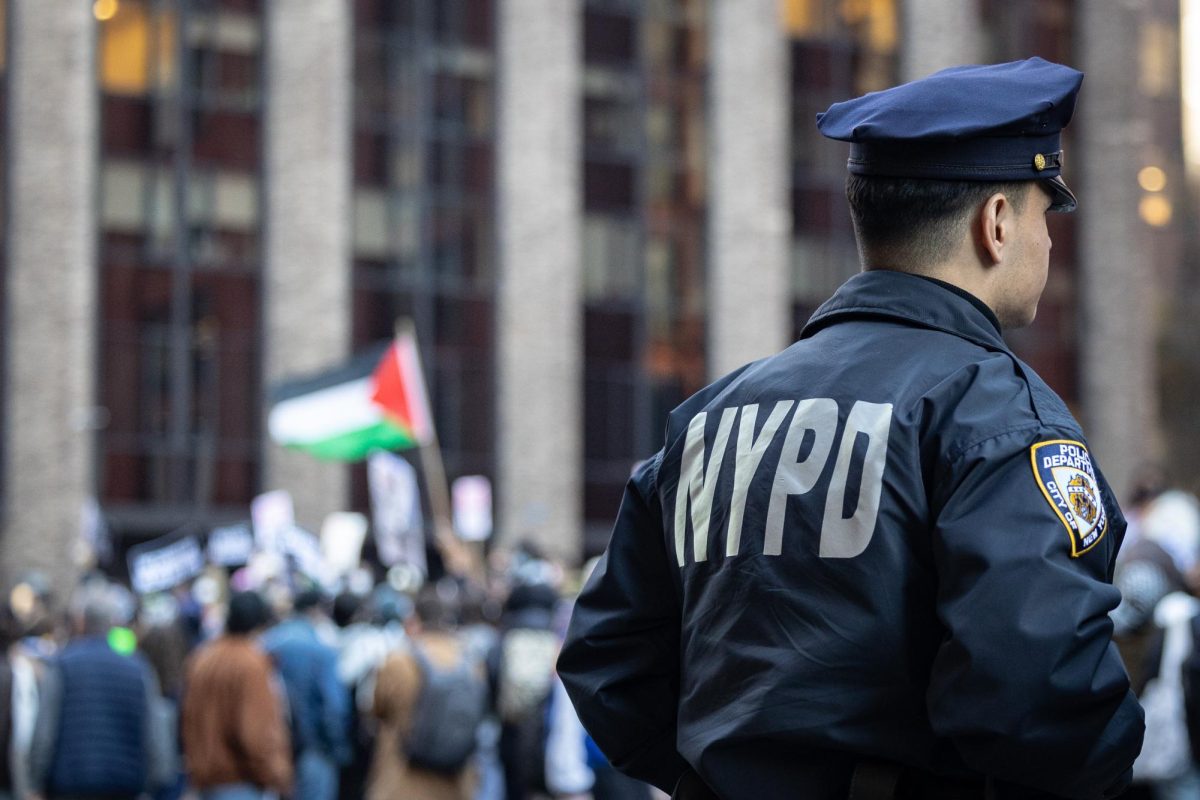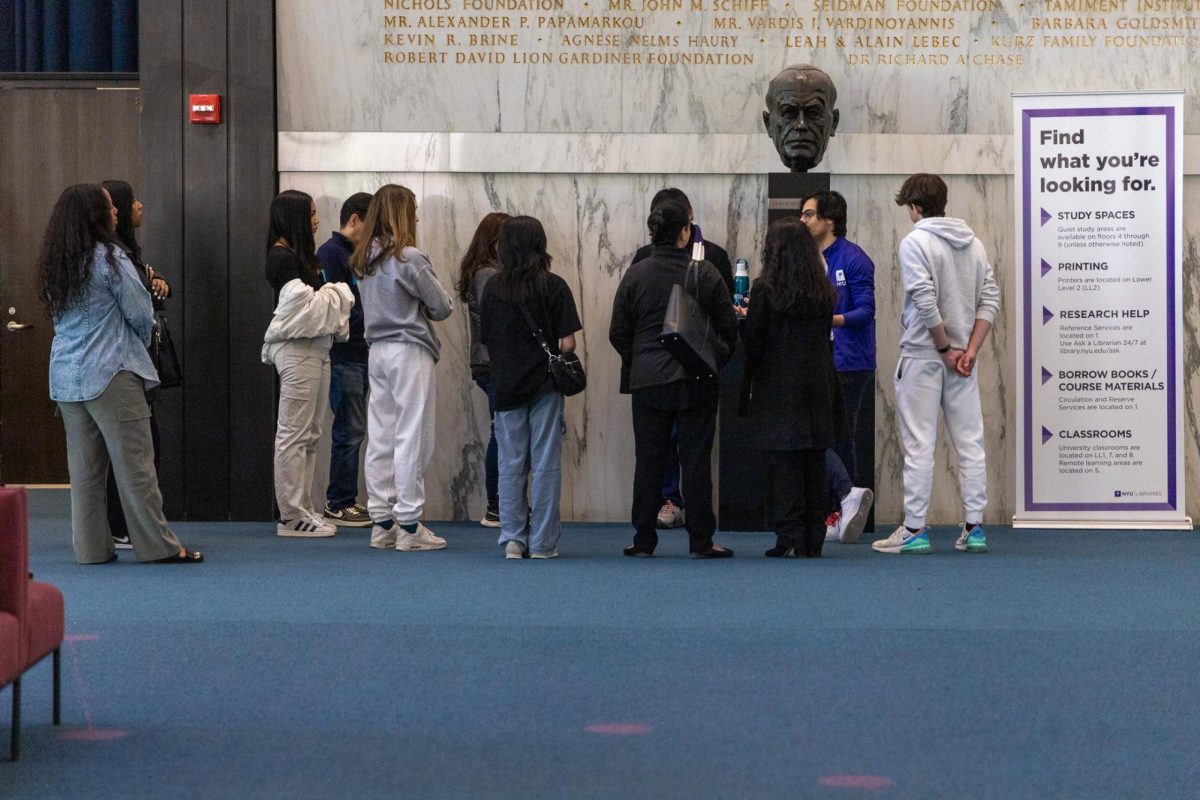Fashion Industry Trending Toward Inclusivity Despite Previously Lagging
Fashion and beauty industries start to make more progress towards a wider variety of nude color tones.
April 19, 2016
Historically rooted in white standards of beauty and femininity, the fashion and beauty industries are making a conscious effort working towards inclusivity and diversity. Existing brands continue to expand to cater to the needs of consumers of color, and some consumers, too eager to wait for a change, are taking the initiative to mend the color-gap, creating their own products and brands for all skin-tones.
For people of color, purchasing foundation has never been as easy as walking into a department store, choosing one bottle out of the endless array of bottles labeled “medium-sand” and walking out. Fortunately, makeup brands catering specifically to people of color are sprouting in every direction.
Fashion Fair Cosmetics was the first to pioneer a cosmetics line for women of color. Fashion Fair Cosmetics was founded in 1973 by the late Eunice W. Johnson. Johnson had witnessed models at the Ebony Fashion Fair Show mixing foundations for a skin-matching hue and was inspired to create her own cosmetics line after being refuted by pre-existing beauty brands.
Supermodel Iman followed suit in 1994 and launched her own brand Iman Cosmetics. Since then, brands like Black Opa and Black Up have emerged in support of makeup for people of color. Other established cosmetic brands like MAC, NARS, Bobbi Brown and Makeup Forever are some of the few brands of their kind who have carried shades to match everyone.
Recently, companies have started providing guilt-free opportunities to test out makeup, skincare and hair products made especially for people of color through beauty subscription boxes like Essence Beauty Box, Cocotique, CurlBox, Curlkit and Onyx — monthly subscription services targeted at people with textured hair and deeper-skin tones, with samples addressing their every need.
The fashion industry is making slower progress than its cosmetics counterpart, but it shows promise. Ask yourself, why is nude commonly portrayed as beige? Whereas this disregard for diversity in skin-tone plagued fashionistas and beauty lovers in the past, now brands are making it possible for anyone to find their unique shade. Christian Louboutin launched the Nudes Collection in 2013 — introducing a selection of shoes available in five shades for the light, the deep and the in-between. Similarly, London-based entrepreneur Ade Hassan created her own line of lingerie and hosiery in 2014 called Nubian Skin. With four shades of brown ranging from Café au Lait to “Berry,” Hassan redefined lingerie for women, allowing them an intimate embrace of their color.
In launching his collection, Louboutin expressed an understanding of the need to tailor his brand to his consumer-base and the importance of inclusivity in his designs.
“I have clients from every continent and want to make them happy,” Louboutin wrote on his website.
The increasing shift towards fostering stronger relationships with consumers of color by promoting different shades of beauty proves the fashion and cosmetic industries have developed an awareness of the blatant disregard for the needs of people with deep complexions. However, just as increasing racial diversity on the runway is a gradual process, the same can be expected for increasing a greater range in the products distributed off the runway that cater to a racially diverse public. Fortunately, progress is being made.
Email Medardo Perez at [email protected].















































































































































Donna • Apr 19, 2016 at 10:16 pm
Interesting article on the industry. If you want to update the article, here’s a few details to consider:
Prior to Iman, Naomi Sims launched a line of prestige skin care followed by color cosmetics in 1987. Naomi Sims was the first Black model to break the color barrier, and her role in changing the face of beauty generated a cover story on LIFE Magazine in 1969. She was the first Black model to appear on countless mainstream women’s magazines and The Fashion of The Times. I served as her Vice President of Marketing during that period. The line was introduced with two and three page advertisements, and countless newspaper, magazine, radio and TV interviews promoting Naomi Sims’ skin care, a clinically pure, sensitivity tested collection ideal for Black skin. Naomi Sims was the first line to gain distribution in such upscale department stores as Nordstrom and Jacobsen’s.
In 1990, four years prior to the launch of Iman, I branded and develop the product line,
Black Radiance, garnering distribution in thousands of mass merchants throughout the US, Canada, and the Caribbean. The brand remains popular today, 26 years after its launch.
At the start of 1994, prior to the launch of Iman, I helped develop the Black Opal skin care line for BioCosmetic Research Labs, collaborating with leading dermatologist, Dr. Cheryl Burgess. The line was distributed in more than 18,000 doors throughout the US. In 1996, a color collection launched and was widely accepted by consumers. Like Black Radiance, it remains an affordably priced favorite of women of color today. In 1995, the line was supplemented with Black Opal For Men, promoted by NFL quarterback, Warren Moon. It addressed pseudofolliculitis barbae and helped men maintain healthy-looking problem free skin.